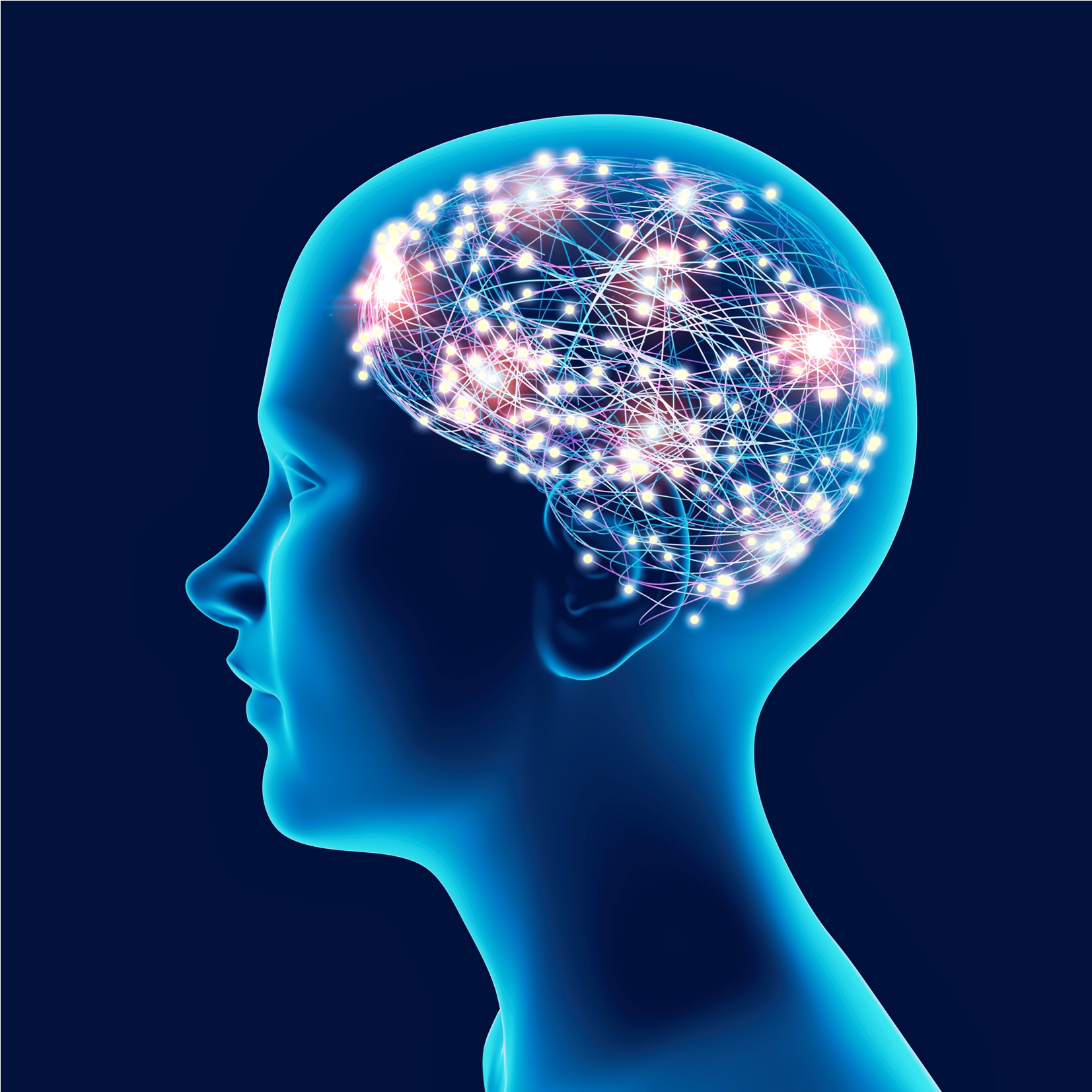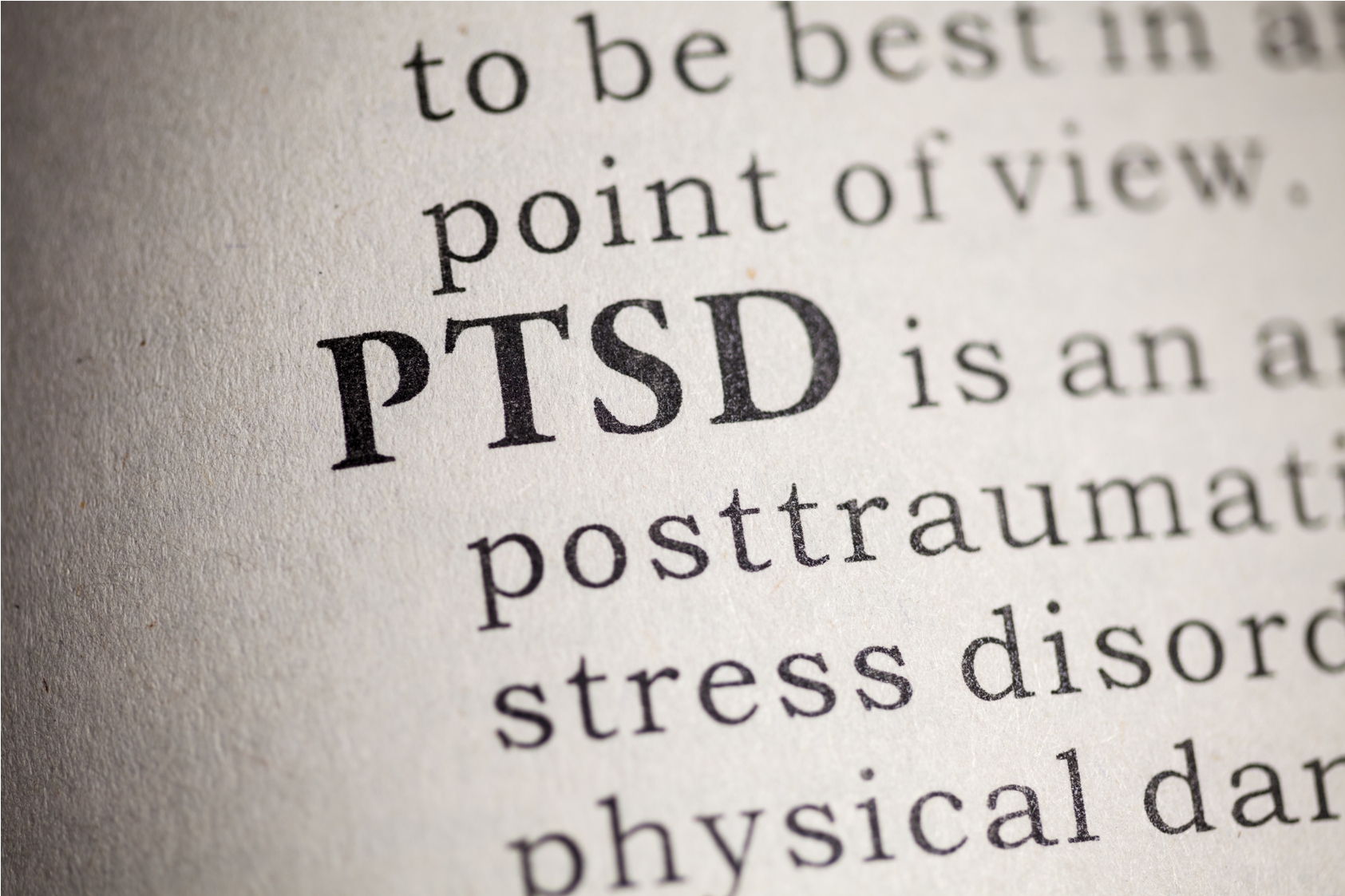Neurofeedback is a non-pharmacological, reward-based training method designed to train the brain in recognizing and substituting adverse brainwave patterns with stabilized, positive brain activity patterns.
As the brain becomes adept at transitioning away from dissonant activity patterns that contribute to mental health conditions like anxiety or depression as well as negative behaviors such as impulsivity, it liberates itself from the repetitive cycle that fuels negative emotions and unhealthy reactions.
The dedicated team at Bespoke Treatment utilizes neurofeedback to assist individuals of all age groups in conquering detrimental brainwave patterns that underlie problematic thoughts, emotions, and actions. Here is an overview of this straightforward and non-intrusive therapeutic approach and what a typical session entails.
What is Neurofeedback?
Neurofeedback is a cognitive training method centered on understanding and modifying counterproductive brain activity patterns consciously. It empowers individuals to disrupt and replace these patterns with healthier, more harmonious brain activity.
The ultimate objective of neurofeedback is to equip you with the tools necessary to restore neural equilibrium, reverse detrimental thought patterns, and regain control over your mental processes. In essence, it enables you and your brain to self-regulate more efficiently and effectively across various situations.
To grasp the workings of neurofeedback, it’s crucial to understand how the influence brainwave patterns have on your thoughts, emotions, and behaviors. Neurons in your brain communicate by generating synchronized electrical impulses known as brainwaves.
When these brainwave patterns are in harmony, you are more likely to experience a sense of balance, clarity, calmness, and control. On the other hand, when these patterns are disrupted, they can lead to a range of mood disturbances, behavioral challenges, and functional difficulties.
Mastering the Mind’s Influence
This noninvasive therapy uses the control of neuroplasticity to guide you in creating a more harmonious “brain activity orchestra,” one that embraces an ideal equilibrium between low-frequency and mid-to-high-frequency brainwave patterns.
In a neurofeedback session, you settle into a comfortable chair while electrode sensors placed on your scalp, exclusively capture the electrical signals generated by your brain and do not emit any signals to manipulate your brain.
Depending on your prescribed treatment regimen, you might engage in activities such as watching images on a screen, listening to music, or participating in a video game. As you perform these activities your doctor closely monitors your brainwave activity and configures precise training parameters using specialized brain mapping software.
Neurofeedback offers you a remarkable opportunity to observe a real-time visual representation of the changes in your brainwave patterns as your brain responds to the stimuli presented, whether visual, auditory, or interactive.
For instance, during a movie, the screen brightens, and distinctive musical tones play when your brain generates favorable brainwave patterns. Conversely, when less harmonious patterns emerge, the screen dims.
This immediate feedback initiates a subconscious learning process in your brain, teaching it, over time, how to sustain the beneficial brainwave patterns that keep the screen active—fostering healthier thoughts and behaviors.
As your brain continues to hone its efficiency, coordination, and balance subconsciously, your brainwaves progressively improve, enabling you to enhance control over your thoughts and actions. Just like acquiring any new skill, neurofeedback therapy evolves through reinforcement and repetition, evolving with time and practice.
Neuroplasticity Carves a New Path
As you grow, learn, and explore, your thoughts, emotions, responses, and behaviors transform, thanks to neuroplasticity—the brain’s remarkable ability to restructure itself and construct fresh neural pathways in response to your experiences and surroundings.
Think of neuroplasticity as the brain’s equivalent of muscle building. It enhances desired neural pathways and builds new ones through the repetition of positive thoughts and actions.
When engaging in neurofeedback, you actively strengthen the constructive brainwave patterns that foster healthier, balanced thoughts, emotions, and behaviors. Typically, individuals attain optimal outcomes after approximately 40 sessions distributed over 20 weeks.
Whether living with conditions like post-traumatic stress disorder (PTSD), obsessive-compulsive disorder (OCD), anxiety, depression, or any other mental health challenges, neurofeedback can empower you to regain control over your life.
To discover how neurofeedback therapy may be able to help you, reach out to your nearest Bespoke Treatment office today. Alternatively, make use of our user-friendly online booking tool to schedule an appointment with one of our experienced neurofeedback specialists at your convenience.

















